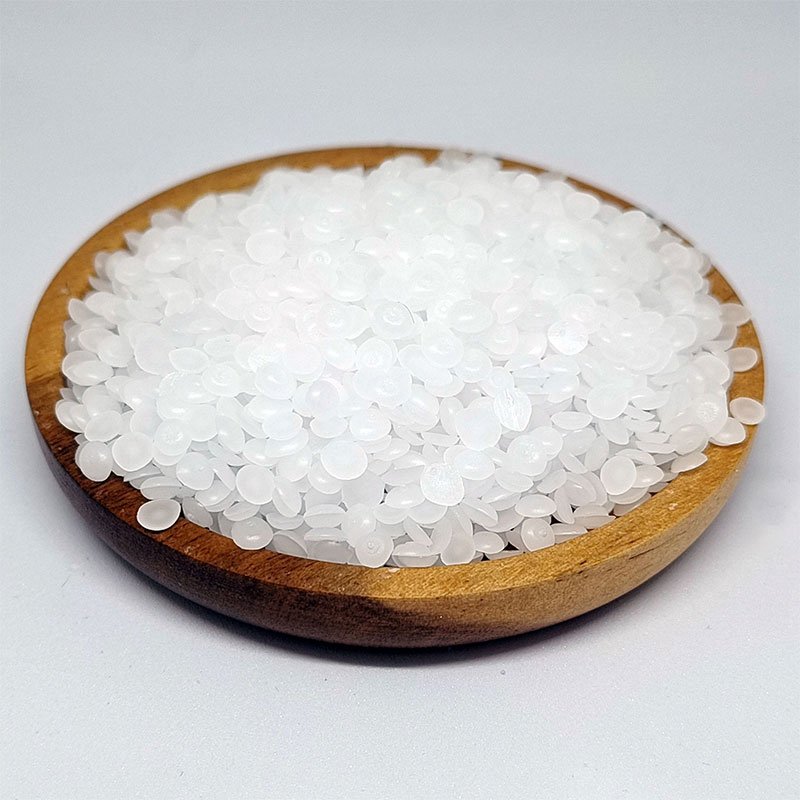Inquiry To Us
Telephone
+86-15330037994
Address
Room 1206, Unit 1, Floor 11, Building 15, Xiaguangli, Chaoyang District, Beijing
+86-15330037994
Room 1206, Unit 1, Floor 11, Building 15, Xiaguangli, Chaoyang District, Beijing


JUNAUS GROUP, Founded In 2019 We’re a high-tech enterprise specializing in the research and development, production and sales of petroleum chemicals, new materials and pharmaceutical pesticides.
Send your inquiry / assessment to Us. Anything need us ,please don’t hesitate contact us here! we will keep it secret for you !